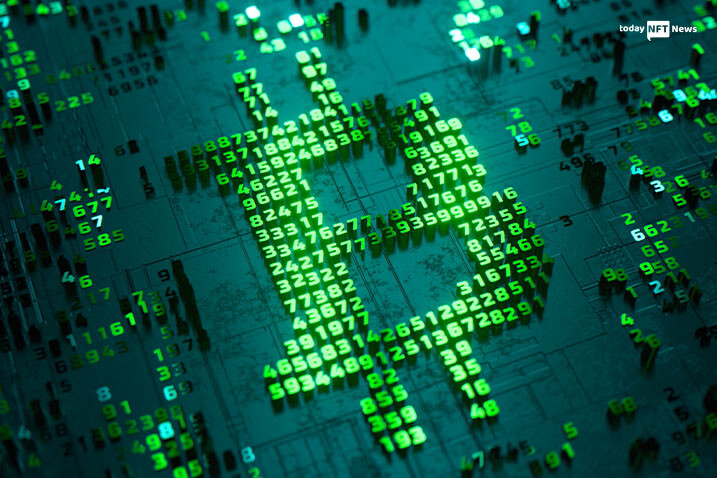The Ordinals protocol was launched on January 30 with the purpose of letting NFTs store on the Bitcoin blockchain. However, the launch has led to a difference of opinion among those who believe that Bitcoin should be utilized exclusively for financial transactions and those who think that the network can withstand several applications along with meme-inspired art.
Ordinals creator Casey Rodarmor shared that the protocol deploys inscriptions which are defined as fractions of content like images or texts and can be attached to consecutively numbered stats. As a result, unique artifacts are developed that can be both held as well as moved on Bitcoin.
Ordinals’ existing version is the result of the SegWit update in 2017 followed by the Taproot update in 2021 with both updates related to Bitcoin.
Satoshi Nakamoto, Bitcoin’s anonymous creator, said in 2010 that Bitcoin shouldn’t be utilized for purposes other than finance.
Increased inscriptions
Ever since Ordinals has been released, the number of inscriptions being added to Bitcoin in a permissionless way has jumped. This contains non-fungible tokens from other blockchain based projects like Bored Apes, JPEG images and a DOOM video game file. Among these, Luxor mining pool mining a 3.96 MB blok was quite surprising, as it included Ordinal inscription #652.
After the mining of the particular block, there’s been a further rise in the number of Ordinals minted with the mint rate increasing significantly.
Based on Dune Analytics’ statistics, less than 10 Ordinals were minted regularly until January 20, 2023. The number increased to 36 by January 22. January 29 saw 100 mints followed by numbers below 75 in the next two days.
After the production of Luxor block with engraving #652 was produced, on February 2, 2023, the mints increased to 420 with 203 Ordinal inscriptions on the next day.
The bright side
Ordinals allow everyone to make Bitcoin NFTs or inscriptions. The Taproot upgrade as mentioned above is the reason behind this, as it increased Bitcoin transactions’ length to the size of a block. Before Taproot, the size of transactions was limited to just 80 bytes. Bitcoin non-fungible tokens are now being stored on the chain, which makes way for portability, longevity as well as decentralization.
For users and content creators, this will bring exclusive perks since every content on the blockchain through Ordinals must be synced by each node.
Concerns & opinions
Despite the apparent benefits regarding the Bitcoin NFTs, an old debate has arisen again and is all about the real role of the Bitcoin network. Concerns have been expressed by both Bitcoin maximalists and small blocks’ supporters regarding the Ordinal inscriptions.
While the supporters think that this is great and will lead to increased uses for the chain. The unhappy group believes that this will harm the financial and transactional uses of Bitcoin.
Dan Held, a BTC maximalist, has praised the presence of Ordinals and called it beneficial for the BTC-supported protocol though he didn’t forget saying that this has come at a cost.
Adam Back, Bitcoin core developer, has disapproved of Ordinals on the Bitcoin blockchain and called it a complete waste of the blockchain owing to the storage inefficiency.
According to Jimmy Song’s tweet, which emphasized the need for smaller blocks, the Luxor mining pool will get punished by the market. However, the tweet hasn’t gone down well with Luke Dashjr, who tweeted that Ordinal inscriptions are the same as targeting Bitcoin.
There are those as well who have called Ordinals to be a spam attack, while others have asked developers to consider the matter with a soft fork.
Final words
There’s no denying the fact that Ordinals and inscriptions might act as a rewarding stimulant for Bitcoiners to not only review the social dynamics but also revolutionize the development of Bitcoin. Still, the surrounding debate will go on with everyone having their own beliefs and reasons to appreciate or criticize Ordinals. In simple words, the Bitcoin community doesn’t seem to be the same as it used to be.
What deserves serious attention is the concern regarding the unclear fate of NFT projects that are dependent on Bitcoin, as its key developers are not in a celebratory mood.









